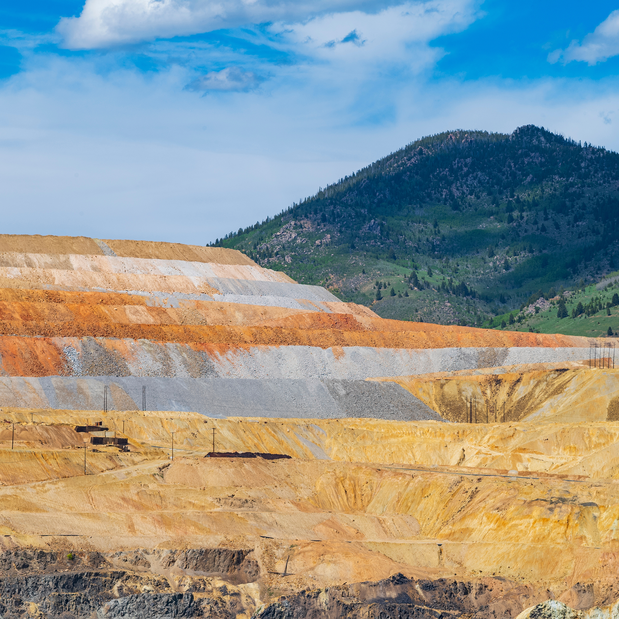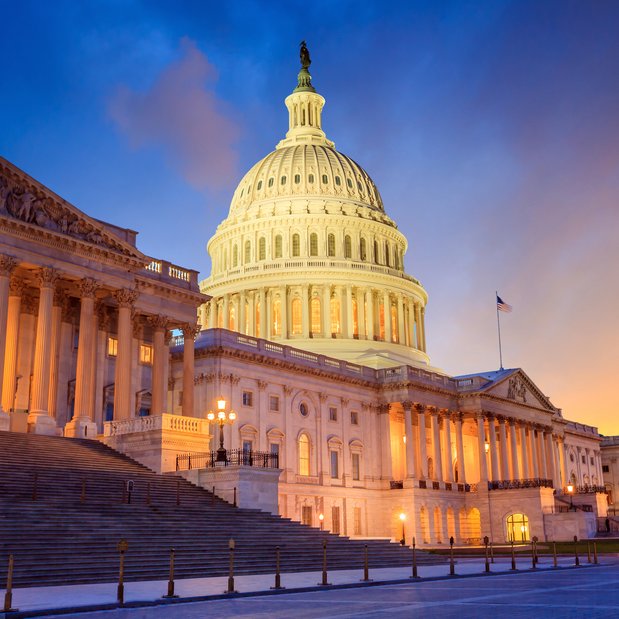Guiding Smarter Forest Policy
A Trusted Resource for Detailed, Timely, and Policy-Driven Research
In March, the White House issued an executive order directing federal agencies to boost timber harvests by 25 percent, tying increased harvesting to reduced wildfire risk. But does cutting down more trees actually make forests safer?
This summer, we dove into that question in depth. We analyzed decades of harvest data, assessed forest inventories and treatment needs, and modeled how ecological and economic constraints shape mitigation efforts. The result was clear: increasing harvests can play a role in reducing wildfire risk, but only if the approach is strategically designed, directed at high-risk areas, and supported by viable timber markets.
Now, this analysis is helping to reframe policy discussions. Rather than presuming that expanded timber harvests inherently reduce wildfire hazards, regulators are beginning to consider where and how such efforts should be applied—and whether alternative measures such as thinning, prescribed burns, or fuel-reduction subsidies could prove more effective.
Research like this—detailed, timely, and policy-driven—is exactly what defines Resources for the Future’s (RFF) role as a trusted partner. But to make our work possible, we need support from friends like you.
As we approach our Founders’ Day, will you join us with a gift in support of our rigorous, objective research? When leaders face pressure to act, your support will help ensure that RFF’s economic research is centered in the conversation.
Related Content

The Economics of Community Engagement: Opportunities for Critical Minerals Mining
Resources for the Future (RFF) released new research earlier this year on how mining companies can more effectively engage with the communities they operate in.

Powering Real-World Outcomes
At Resources for the Future, we study the intricacies of electricity markets that most people never think about—but that quietly determine how the lights stay on, what we pay for power, and whether our grid can handle tomorrow’s demands.

Research When It Matters Most
Your support helps us put clear, objective economic research into the hands of leaders when they need it most.

Founders’ Day 2025
For more than 70 years, Resources for the Future has delivered rigorous, independent analysis that helps leaders evaluate choices, balance priorities, and shape policies that matter.